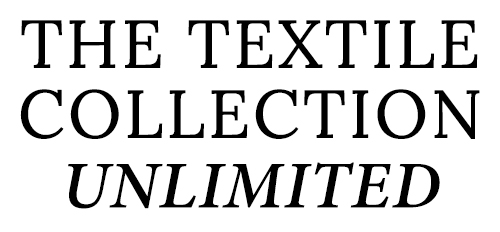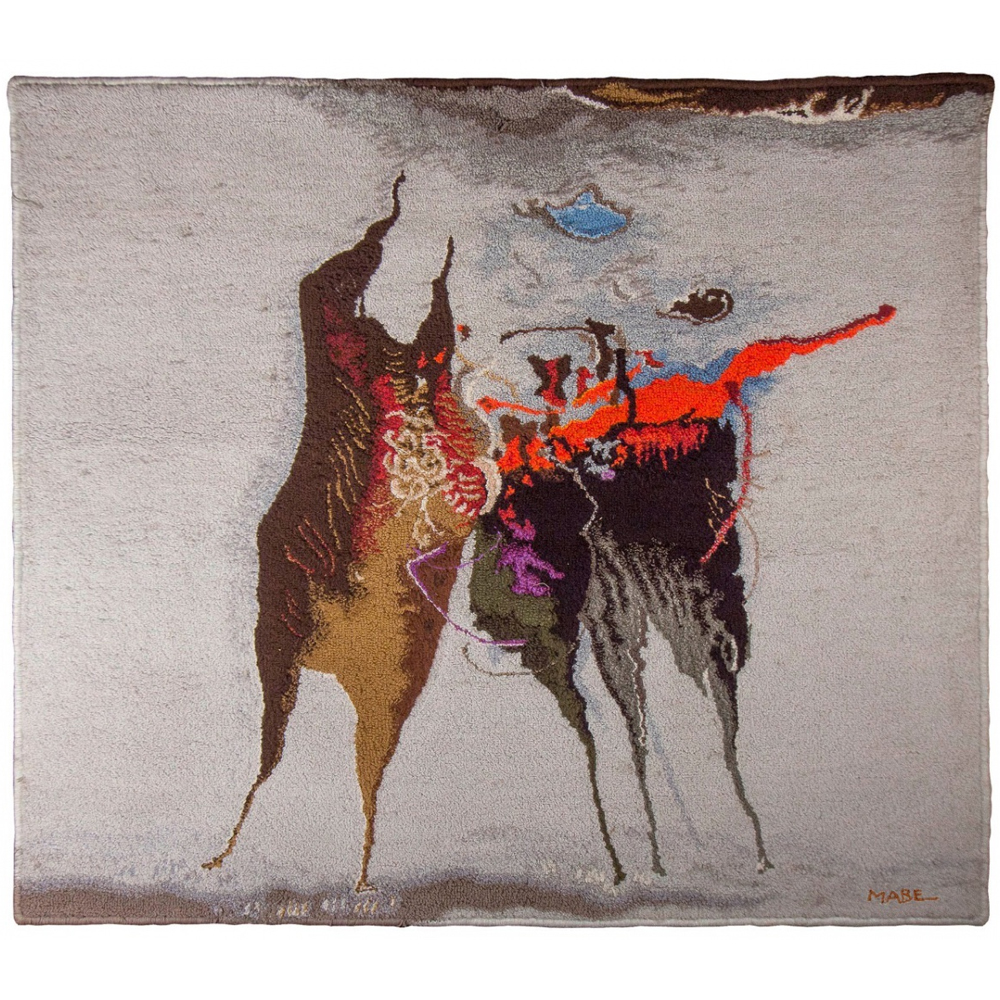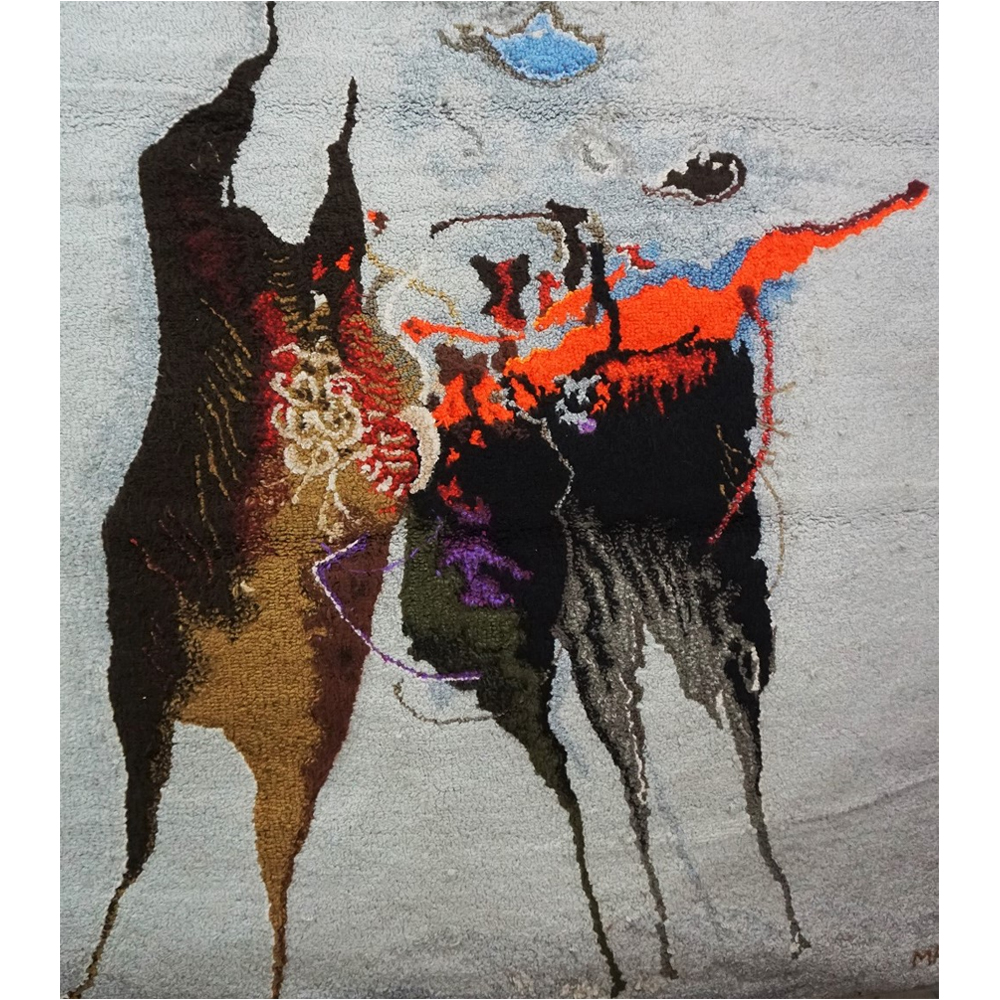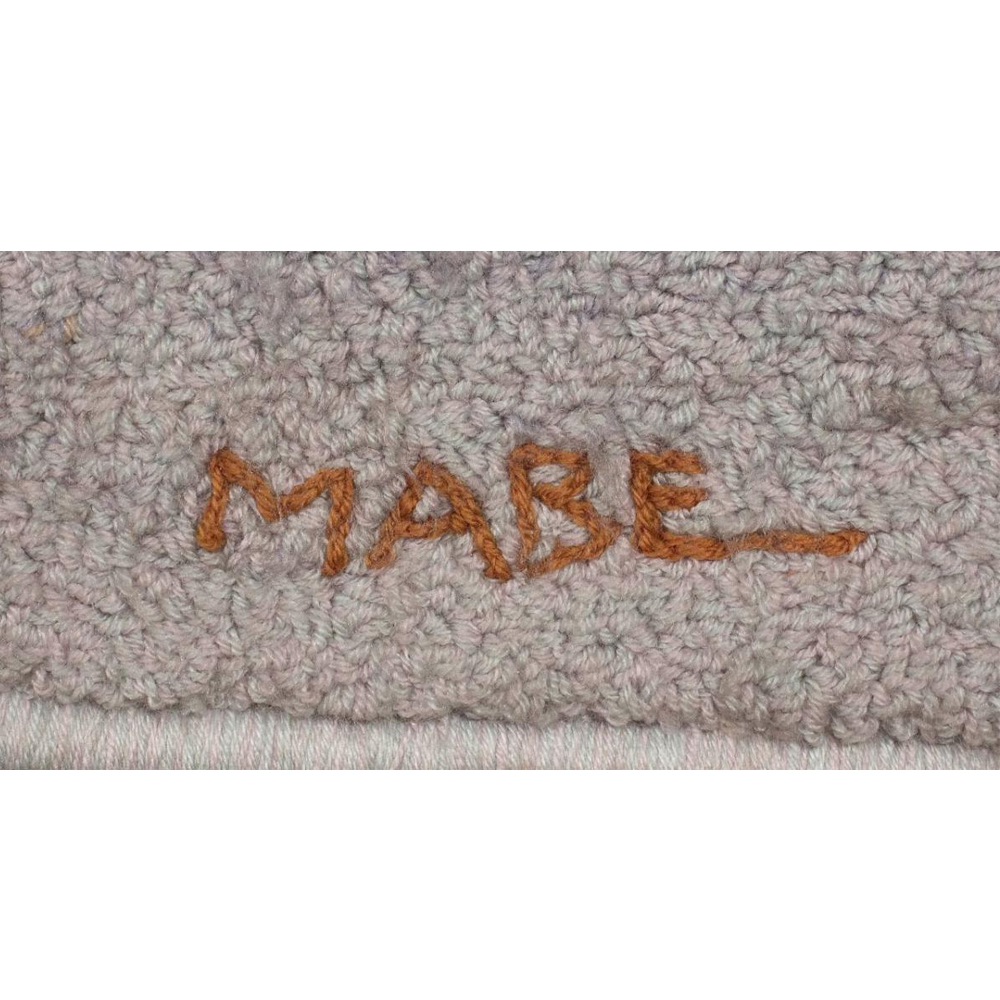Manabu Mabe, born in Kumamoto, Japan, in 1924 and later passing away in São Paulo, Brazil, in 1997, was a versatile artist known for his skills as a painter, engraver, and illustrator. At the age of 10, Mabe immigrated with his family to Brazil, settling in the city of Lins, São Paulo, to work on coffee plantations. Despite his humble beginnings, his passion for painting led him on a remarkable artistic journey.
Initially, Mabe’s artistic education came from studying Japanese art magazines and books as a self-taught artist. In 1945, he had the opportunity to learn canvas preparation and paint dilution techniques from Teisuke Kumasaka, a painter and photographer, while residing in Lins. In the late 1940s, Mabe met the painter Tomoo Handa in São Paulo, who was impressed by his work. This encounter led Mabe to join the Seibi Group and participate in study meetings with Group 15. In the following years, he further expanded his technical and theoretical knowledge under the guidance of Yoshiya Takaoka, another renowned painter.
Mabe’s artistic career gained momentum in the 1950s when he began exhibiting his work with the Guanabara Group. In 1957, he sold his coffee plantation in Lins and dedicated himself exclusively to painting in São Paulo. This decision paid off when he received the prestigious Leirner Prize for Contemporary Art the following year. Mabe’s talent and recognition continued to grow as he won the title of Best National Painter at the 5th São Paulo International Biennial and the painting prize at the 1st Paris Biennial in 1959. Notably, Time magazine published an article honoring him as “The Year of Manabu Mabe.”
Throughout the 1980s, Mabe undertook various notable projects. He painted a panel for the Pan American Union in Washington, D.C., illustrated “The Book of Hai-Kais,” translated by Olga Salvary and edited by Massao Ohno and Roswitha Kempf, and designed the backdrop for the Provincial Theater in Kumamoto, Japan.
The decision to pursue painting wholeheartedly was not without challenges. Mabe once remarked to his wife, Ioshino, “We’re going to starve, but I don’t know what else to do. I will paint until I die.” However, his dedication and talent propelled him forward. He achieved financial stability and maintained studios in São Paulo, New York, and Tokyo. Mabe’s works were showcased in exhibitions worldwide, solidifying his reputation as a prominent artist.
Mabe’s artistic style evolved over time, influenced by his oriental education and guided by his instinctive approach. He gradually moved from figurative painting to abstractionism, incorporating geometric forms, bold lines, and large chromatic patches reminiscent of Japanese calligraphy. His compositions expressed a delicate balance between spontaneity and restraint. In the mid-1960s, he explored tachism and incorporated lyrical elements into his work. Human and animal forms occasionally emerged, symbolically represented on large canvases.
Manabu Mabe’s artistic journey was a testament to his unwavering commitment to painting. His contributions to the art world garnered acclaim and recognition both nationally and internationally. Despite his passing in 1997 at the age of 73, his legacy endures as a testament to his talent, dedication, and unwavering pursuit of artistic expression.
Depositions
“‘What is art?’ ‘What is the purpose of my painting?’ One day I thought about all this and since then more than twenty years have passed.
It was good to have thought, because the farmer became a painter and my life changed.
Fishing for lambari and catfish in creeks in the pasture, picking coconuts and guavas, playing chasing birds, are like unforgettable lyrical poems from my childhood.
The red coffee fruit, the green leaves, the blue sky of the interior are still portrayed on canvas today, and the dream of that interior is still portrayed on canvas today, and the dream of that young man covered in sweat and dust who cultivated the land purple is still the same today at the age of sixty, whose productive and struggling soul paints and erases, scrapes and draws again.
My dream is infinite and I travel the world of beauty.
Learning to handle beauty and explore art means waging a constant struggle with myself.
The suffering and joy of producing.
What is it that makes me so absorbed?
It’s the beautiful.
The beautiful appears before me ever larger and wider.
What portion of it will it be possible for me to seize until this life burns out?
At the age of seven I drew an umbrella at ten an autumn landscape.
At the age of twenty-two, I started painting in oil on canvas, fruits and landscapes of the colony, and in 1953 I started to worry about colors and shapes.
In 1958 abstract works exploded and the canvases began to pulsate with red blood of hope and excitement.
‘Yes, the works are the record of my life. From then on my life was all about works’.
Having been born in the 20th century, I participate in joys and sorrows, war and peace, socio-economic imbalances, or all events in the world as part of the world that I am.
As a son, I was blessed by paternal and maternal love, something insurmountable by any material good; As a father, I had moments of joy and sadness. Placed in the eternal historical chain between heaven and earth of this immense universe, this little life dreams big in search of an ideal world, and lives intensely every day of its life”.
Manabu Mabe, 1985
MABE, Manabu. Artist’s words. In: MANABU Mabe: life and work. São Paulo: Roots, 1986. p. 9.
“I was never a student of any master, nor did I belong to any school. I have a style of painting that I developed myself, at the cost of a lot of effort and perseverance, which is easily identifiable. As a joke, I called it “mabismo “. But this style also underwent changes over time. People say that it represents the fusion of east and west, being the expression of lyrical poetry, but I believe that my painting represents myself. According to the in the words of a painter friend, Kazuo Wakabayashi, I am a rare example among the Japanese of my generation who did not have the experience of war. He says: the Japanese who were in Japan during the Second World War became withdrawn , due to defeat. But Mabe, who was abroad, maintained his natural joy, which he manages to express in his painting”.
Manabu Mabe – September 16, 1994
MABE, Manabu. It rains in Cafezal. Nihon Keizai Shimbun. São Paulo 1994. p. [86].



